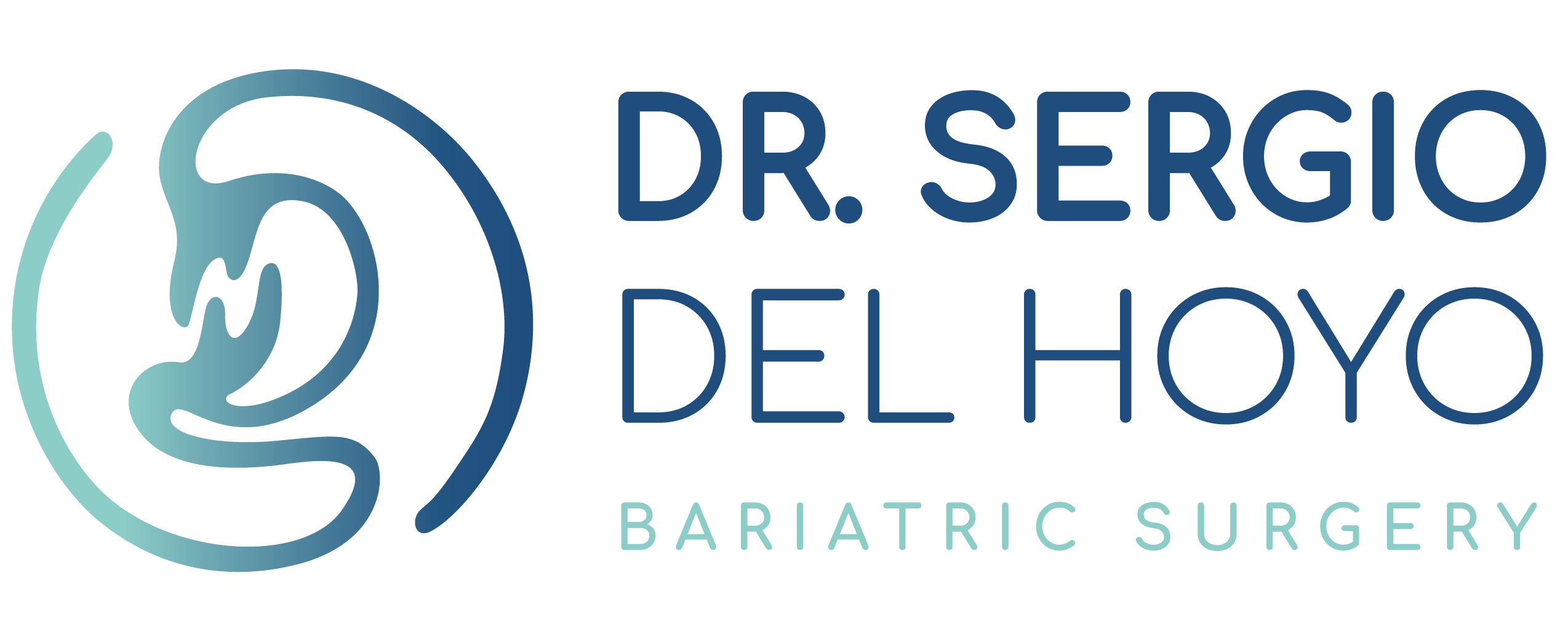Overview
Gallstones are lumps of solid material that form in the gallbladder, a small organ located below the liver. Stones can be as small as a grain of sand or as large as a golf ball, and they usually form when there is too much cholesterol in the bile.
The presence of gallstones can cause:
- Abdominal pain
- Nausea
- Fever
- Shaking chills
- Jaundice (yellowing of the skin and eyes)
The most common symptom of gallstones is sudden, severe pain in the abdomen (known as biliary colic). In some cases, gallstones can block the bile or pancreatic ducts and cause a more serious condition such as cholecystitis (inflammation of the gallbladder) or choledocholithiasis (obstruction of the main bile duct). It is important to talk to your doctor if you experience any symptoms, so that you can determine the best course of action.
Types of Gallstones
There are two main types of gallstones: cholesterol stones and pigment stones made from cholesterol and calcium bilirubinate.
Cholesterol Calculations
Cholesterol stones are made up of cholesterol that has been deposited in the gallbladder. They are the most frequent type of gallstones and represent up to 80% of cases. They are usually between a grain of sand and a golf ball in size, and can be yellow or greenish-yellow in color.
Pigment or pigment calculi
Pigment stones are made up of calcium bilirubin and other substances and are usually smaller than cholesterol stones. They are usually black or brown in color. Both types of gallstones can cause symptoms such as abdominal pain, nausea, fever, chills, and jaundice.
The exact cause of gallstones is unknown, but the risk of developing them increases with age and obesity, as well as some other conditions, such as diabetes and rapid weight loss. Also, certain medications and diets can increase the risk of gallstones.
Causes
The causes of gallstones are not clear. Doctors believe that gallstones can start when the following occurs:
- Too much cholesterol in the bile: High cholesterol levels can cause them to solidify and form stones.
- Excess bilirubin: Some diseases can cause the liver to secrete too much bilirubin, such as liver cirrhosis, bile duct infections, and certain blood disorders. Excess bilirubin contributes to the formation of gallstones.
- Not enough bile salts: Bile salts help break down cholesterol in the gallbladder, and if there isn’t enough bile salts, the cholesterol can harden into stones.
Treatment
Although there is information on some medications or alternative therapies, the only known form of definitive treatment is laparoscopic cholecystectomy surgery that removes the gallbladder along with the stones in a minimally invasive procedure.
In some cases, lifestyle changes, such as losing weight or changing your diet, can help prevent gallstones from forming. Regardless of the type of gallstones you have, it’s important to talk to your doctor if you experience any symptoms so they can determine the best course of action. Gallstone treatment is available and can help alleviate symptoms and prevent further complications.
Prevention
Although the exact cause of gallstones is unknown, risk factors include:
obesity, a high-fat diet, rapid weight loss, diabetes, and certain medications. Other possible causes are people with a family history of gallstones or those over the age of 40.
In Bariatric Surgery, when weight is lost quickly, there is a greater probability of presenting stones in the gallbladder, due to the high cholesterol load that is lost through the bile.
The good news is that there are steps you can take to reduce your risk of developing gallstones. Eating a healthy diet, maintaining a healthy weight, and exercising regularly are key components in preventing gallstones. Eating plenty of soluble fiber, such as oat bran or legumes, is also important for lowering cholesterol levels and reducing the risk of gallstone formation. Consuming less fat and cholesterol, while increasing your intake of lean protein and healthy fats, such as olive oil, may also help reduce your risk. Additionally, maintaining a healthy weight and avoiding rapid weight loss are important in reducing the risk of gallstones.
Finally, it’s important to talk to your doctor before you start making any dietary or lifestyle changes that could affect your risk of developing gallstones. Your doctor may suggest other strategies to prevent gallstone formation, such as taking cholesterol-lowering medications or considering a procedure to remove your gallbladder.
Conclusion
Gallstones are quite common and can cause pain and other symptoms. Fortunately, there are steps you can take to reduce your risk, such as eating a healthy diet, maintaining a healthy weight, and exercising regularly. It is also important that you talk to your doctor about any dietary or lifestyle changes that may affect your risk of developing gallstones, some patients may confuse abdominal pain from gastritis with this disease, whenever abdominal pain is present it should be evaluated by a specialist and thus make a better diagnosis avoiding putting your health at risk. Together you will be able to decide on an appropriate treatment to reduce the risk and keep the gallbladder working as it should.
If you require advice on Gallstones, do not hesitate to contact Dr. Sergio del Hoyo. Specialist in the treatment of all kinds of problems related to gallstones. He has extensive experience and knowledge in this field, as well as a wide network of specialist colleagues. They can help you understand the causes and treatments of gallstones, as well as advise you on the best course of action for your individual case.






